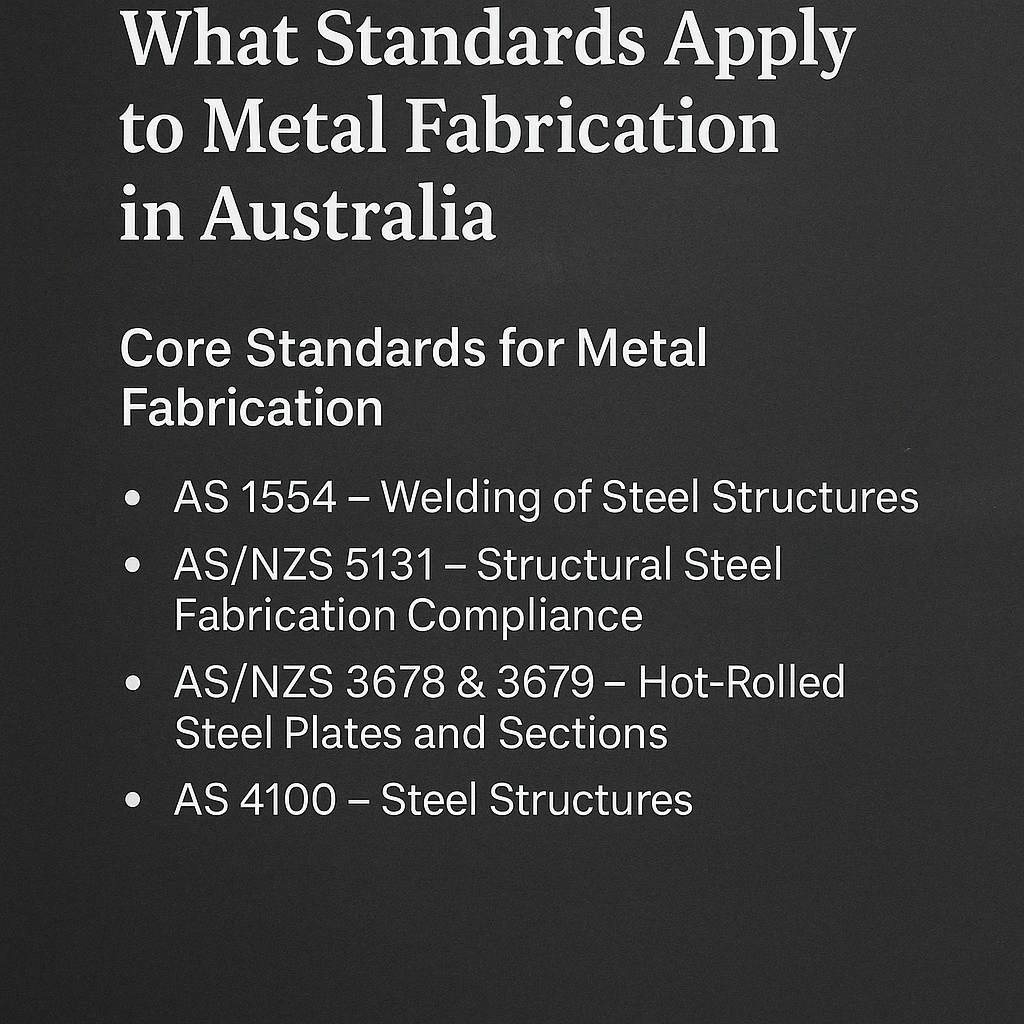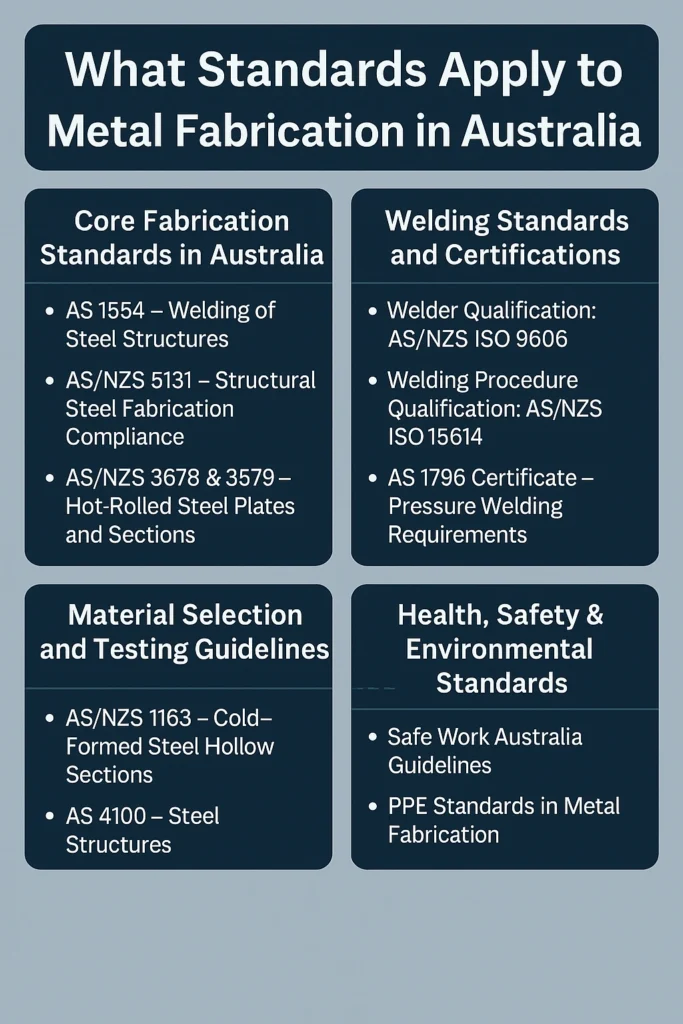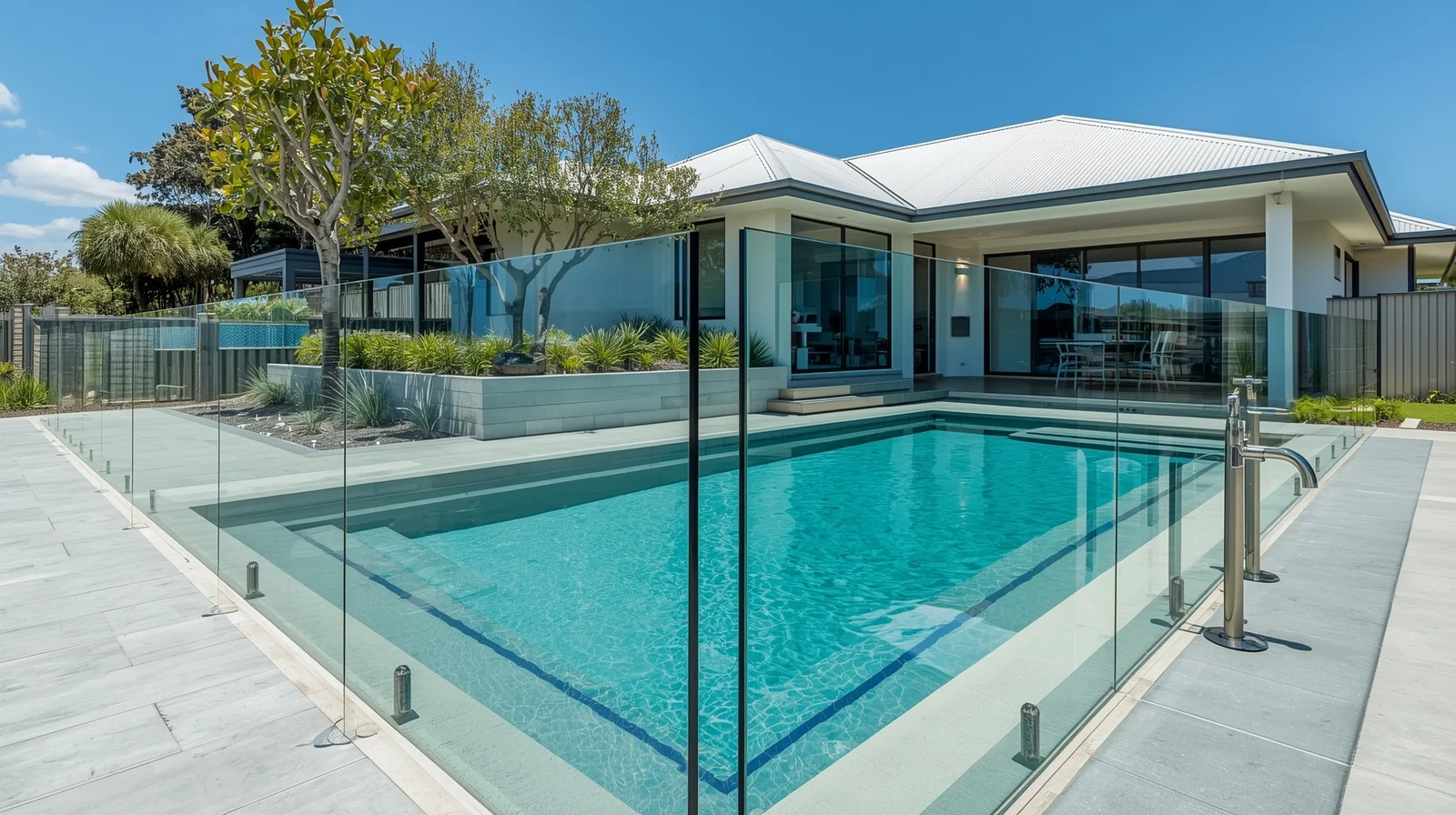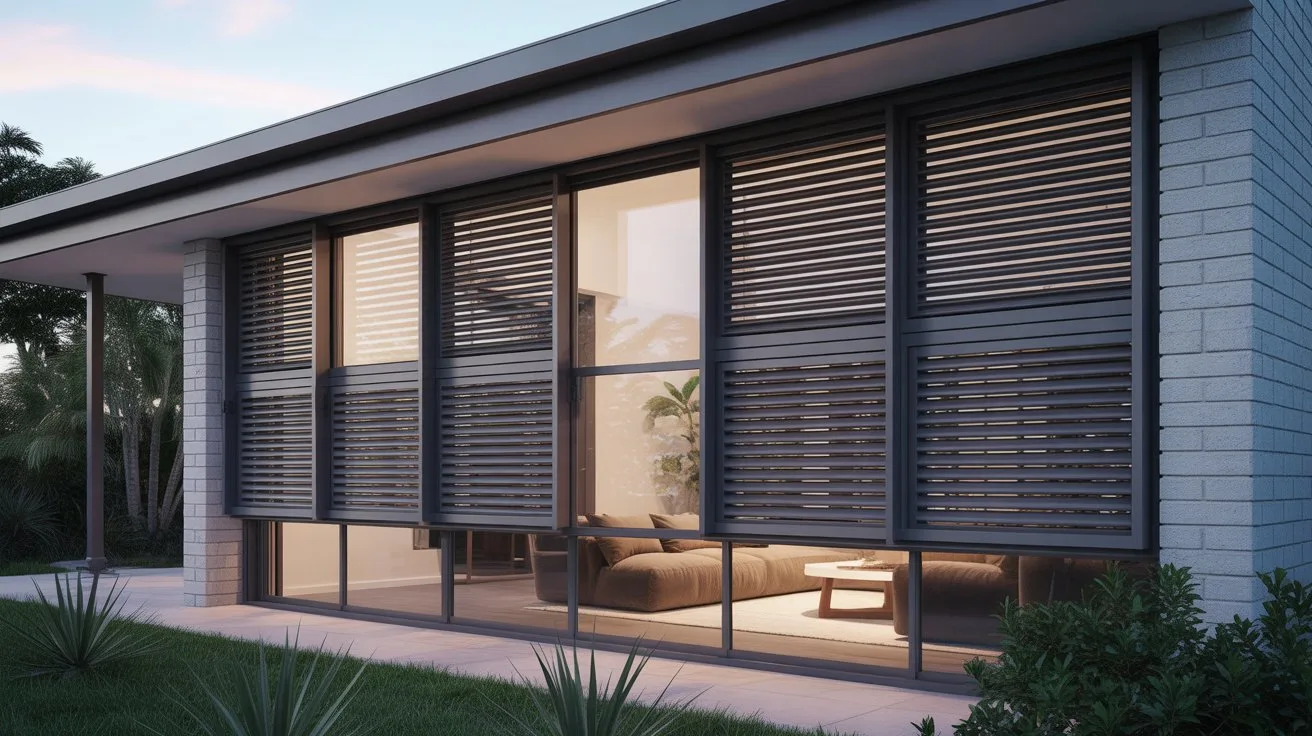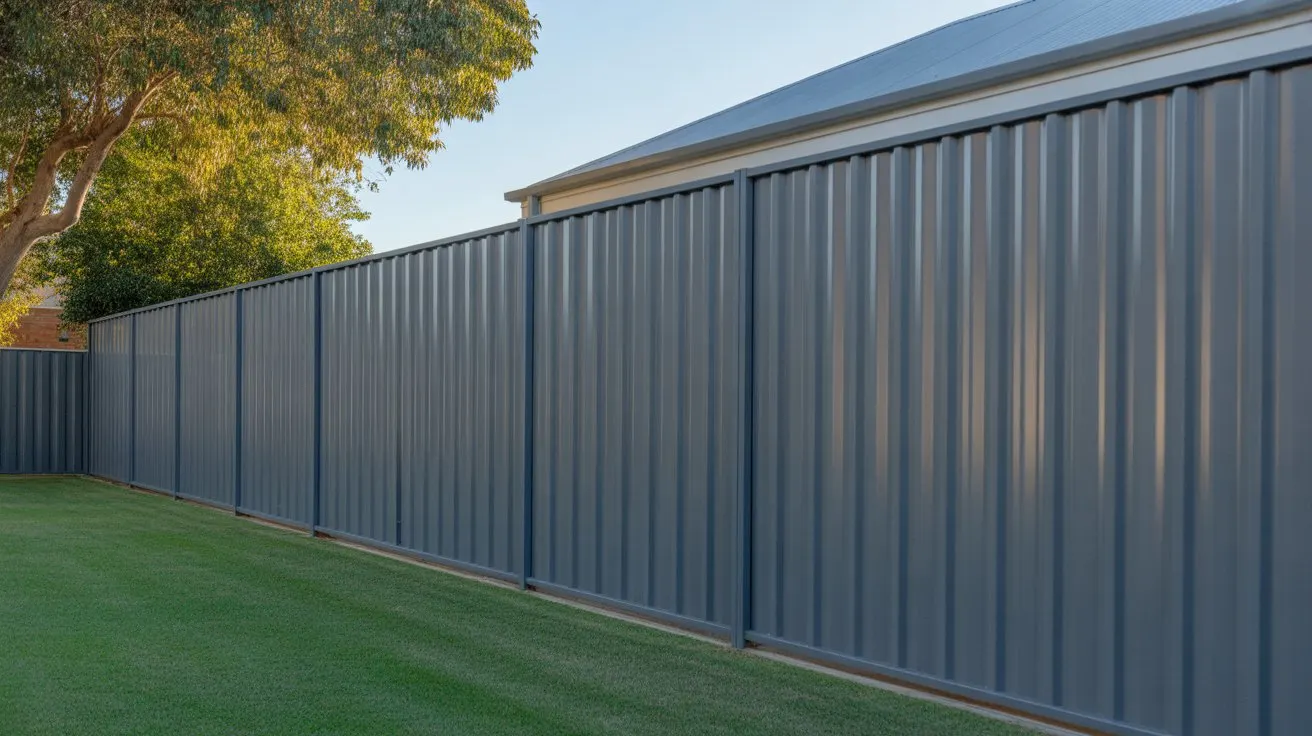In Australia, metal fabrication is a critical part of infrastructure, construction, mining, manufacturing, and even defense industries. However, this sector must meet strict regulations to ensure safety, durability, and compliance. These regulations are defined by a wide range of Australian Standards (AS) and joint Australian/New Zealand Standards (AS/NZS).
Whether you’re a fabricator, engineer, welder, or project manager, understanding what standards apply to metal fabrication in Australia is essential for staying compliant and avoiding costly errors.
Understanding the Role of Standards Australia and AS/NZS
What is Standards Australia?
Standards Australia is the highest non governmental organization in the country that makes, keeps, and publishes technical standards. These standards are used in many different fields to make sure that things are the same, safe, and of high quality.
Key Functions of AS/NZS in Fabrication
The AS/NZS system ensures that Australian and New Zealand regulations remain matched, especially in sectors like steel production, welding, and structural design. It helps companies maintain compatibility across borders while improving reliability and product quality.
Core Fabrication Standards in Australia
AS 1554 – Welding of Steel Structures
This is one of the cornerstone standards for metal fabrication. It defines how welded steel structures must be constructed, inspected, and tested. It includes several parts:
- AS 1554.1: Fusion Welding of Steel Structures
- AS 1554.2: Stud Welding
- AS 1554.5: Welding of Stainless Steel Structures
AS/NZS 5131 – Structural Steel Fabrication Compliance
Introduced in recent years, this standard defines compliance protocols for structural steel, including traceability, fabrication methods, and tolerances.
AS/NZS 3678 & 3679 – Hot-Rolled Steel Plates and Sections
These apply to the material specifications used in structural fabrication, ensuring consistency in steel plate grades, chemical composition, and mechanical properties.
Welding Standards and Certifications
Welder Qualification: AS/NZS ISO 9606
This standard mandates the qualification of welders to ensure they’re competent in performing safe and reliable welds.
Welding Procedure Qualification: AS/NZS ISO 15614
Here, the welding procedure itself is tested and qualified to validate repeatability, quality, and strength.
AS 1796 Certificate – Pressure Welding Requirements
Welders working on pressure vessels and boilers must hold an AS 1796 Certificate, which is nationally recognized.
Material Selection and Testing Guidelines
AS/NZS 1163 – Cold-Formed Steel Hollow Sections
Used primarily in tubular structures and frames, this standard ensures cold formed hollow steel meets strength and dimensional criteria.
AS 4100 – Steel Structures
This standard provides the rules for designing steel structures, including load bearing analysis, fatigue limits, and stress calculations.
Design and Structural Standards
AS 4100 and AS/NZS 1170 Series
While AS 4100 handles steel structures, the AS/NZS 1170 series addresses structural loads like:
- AS/NZS 1170.1: Dead and Live Loads
- AS/NZS 1170.2: Wind Loads
- AS/NZS 1170.4: Earthquake Loads
Design for Seismic Loads and Wind Resistance
Especially in high-risk areas, engineers must integrate these structural load standards into their fabrication process to protect against natural disasters.
Health, Safety & Environmental Standards
Safe Work Australia Guidelines
Fabricators must follow health and safety standards set by Safe Work Australia. These cover:
- Noise exposure
- Handling of chemicals
- Machine guarding
- Emergency procedures
PPE Standards in Metal Fabrication
Use of Personal Protective Equipment (PPE) such as gloves, eye protection, helmets, and respiratory masks must comply with AS/NZS 1337 and 1716 standards.
Quality Assurance and Inspection Standards
Non Destructive Testing (NDT): AS 4037, AS 2177
These standards cover ultrasonic testing, magnetic particle inspection, radiography, and more to verify internal weld quality.
Fabrication Documentation and QA Procedures
Keeping traceability logs, material certificates, and inspection records are part of quality assurance as outlined in AS/NZS ISO 9001 and AS/NZS 5131.
Industry Specific Standards for Various Sectors
Mining and Oil & Gas Fabrication: AS 2885
This standard relates to pipeline welding and inspection practices, specifically used in high-risk environments like oil & gas.
Marine Structures: AS/NZS 5131 & ISO 13819
These codes apply to offshore and underwater structures, requiring corrosion resistant materials and high strength welds.
Using National Construction Code (NCC)
The National Construction Code (NCC) integrates many Australian Standards and tolerances to ensure safety, durability, and performance in all construction projects. Fabricators must refer to it when dealing with metallic fabrications that impact structural stability, particularly in commercial and industrial builds.
Role of Certified Fabricators and Engineers
Only certified professionals should conduct welding, inspections, and design assessments. Engineers should be proficient with standards like AS4100 and AS1100, which cover steel structures and technical drawing practices respectively. These certifications ensure compliance from design through to final inspection.
Common Mistakes to Avoid in Compliance
- Skipping Documentation – Many companies neglect QA documentation required by AS/NZS 5131.
- Improper Weld Qualifications – Unqualified welders using outdated procedures breach AS 1554.
- Ignoring Drawing Standards – Non-compliance with AS1100 can result in inaccurate fabrication dimensions.
- Using Non Compliant Steel – Always verify steel complies with AS/NZS 3678 or AS/NZS 1163.
- Neglecting Structural Load Calculations – Always calculate to AS4100 and AS/NZS 1170 standards.
Understanding what standards apply to metal fabrication in Australia is only half the battle avoiding common pitfalls is just as important for project success.
Future of Fabrication Standards in Australia
Upcoming Revisions in AS/NZS 5131
As industries evolve, expect updates to AS/NZS 5131, focusing on traceability, digital inspections, and real-time QA data.
Emphasis on Sustainable and Modular Fabrication
With the rising demand for green buildings, metallic fabrications must now also meet sustainability benchmarks. This involves:
- Recycled content standards
- Low emission welding practices
- Lifecycle analysis frameworks
These additions will be reflected in future Australian standards and tolerances.
Why Compliance Matters More Than Ever
In 2025 and beyond, knowing what standards apply to metal fabrication in Australia isn’t just a regulatory requirement it’s a hallmark of professionalism and safety.
From AS4100 for structural design to AS1100 for drafting accuracy, and through to quality control measures under AS/NZS 5131, Australia’s fabrication industry is built on a rock-solid foundation of standards.
At AtoZ Fabrication PTY LTD, we follow all Australian standards and tolerances, use skilled and trained workers, and carefully record every step to make sure your metallic fabrications are strong, safe, and built to last.
FAQs: What Standards Apply to Metal Fabrication in Australia
What is the main standard for metal welding in Australia?
The key standard is AS 1554, which covers welding of steel structures, including fusion welding and stainless steel.
What does AS4100 cover?
AS4100 is the primary standard for the design and construction of steel structures. It details load-bearing limits, bracing, and fatigue considerations.
Why is AS1100 important for fabrication?
AS1100 sets the rules for technical drawings. Compliance ensures your metallic fabrications are manufactured to exact specifications.
Are these standards mandatory?
While not laws, most standards are referenced in legal codes (e.g., NCC) and are legally enforceable in construction contracts.
Where can I find these standards?
You can access them through Standards Australia, SAI Global, or your industry-specific association.
How often do these standards change?
Most Australian standards and tolerances are reviewed every 5–10 years to reflect technological advancements and safety needs.


